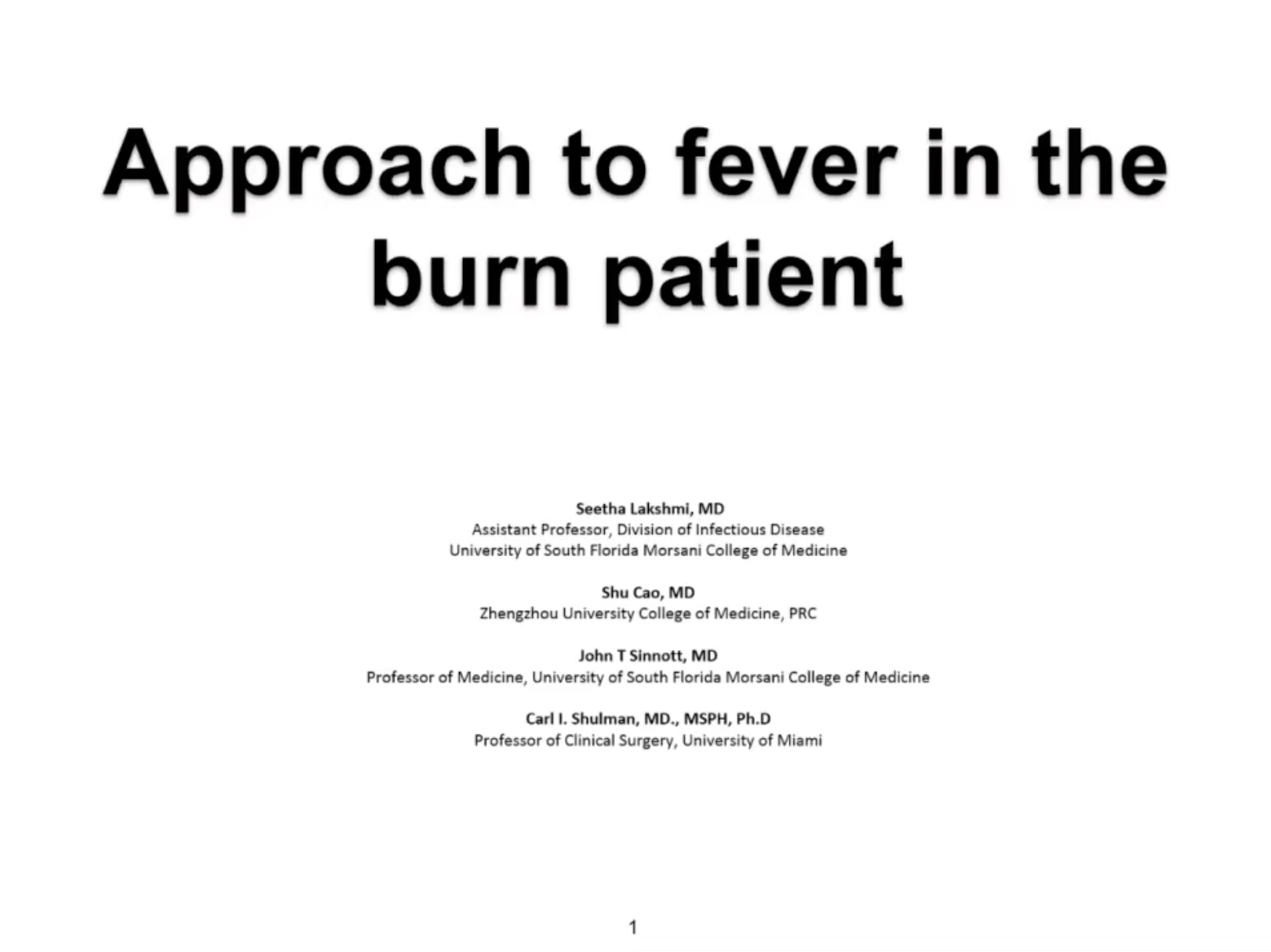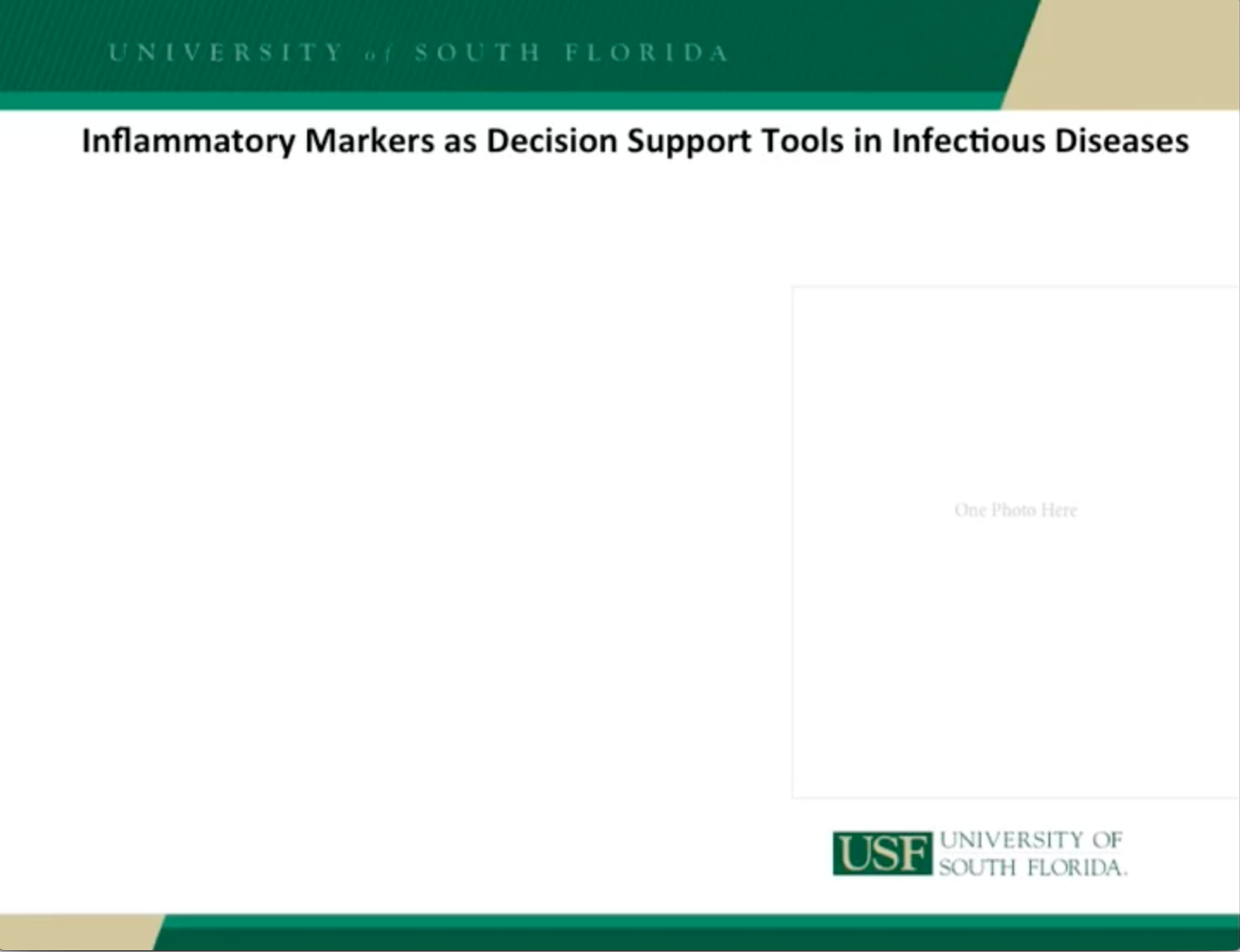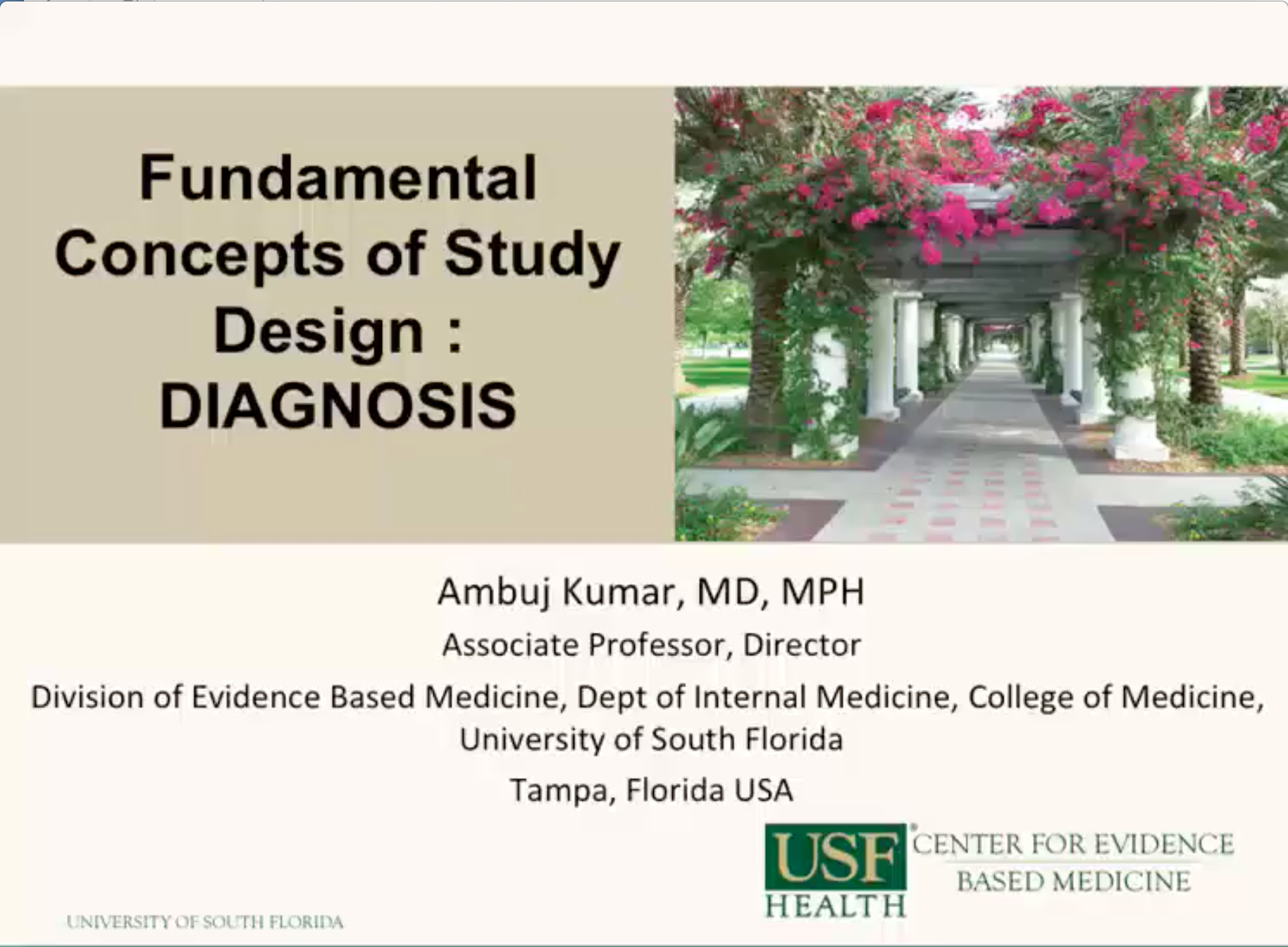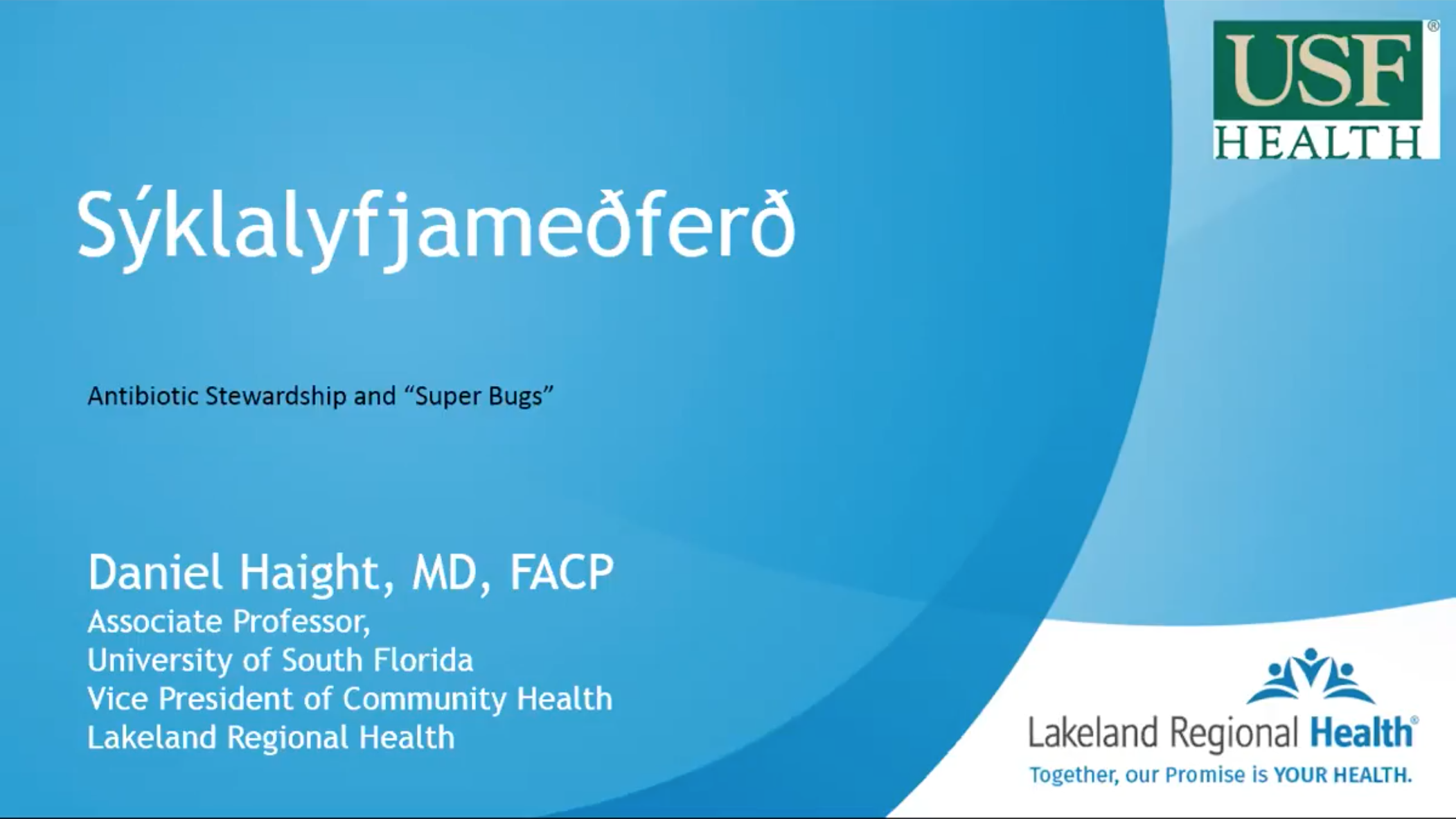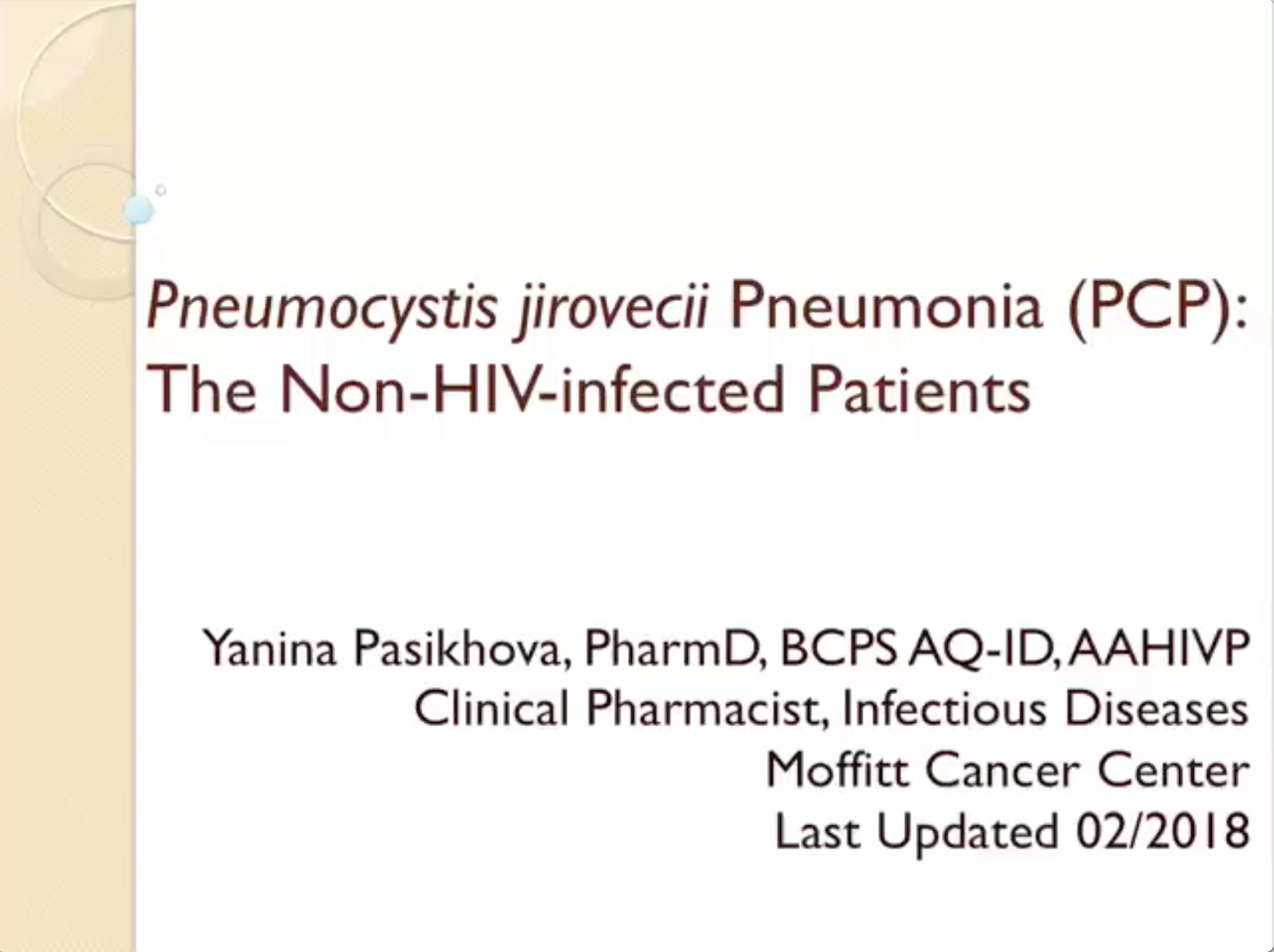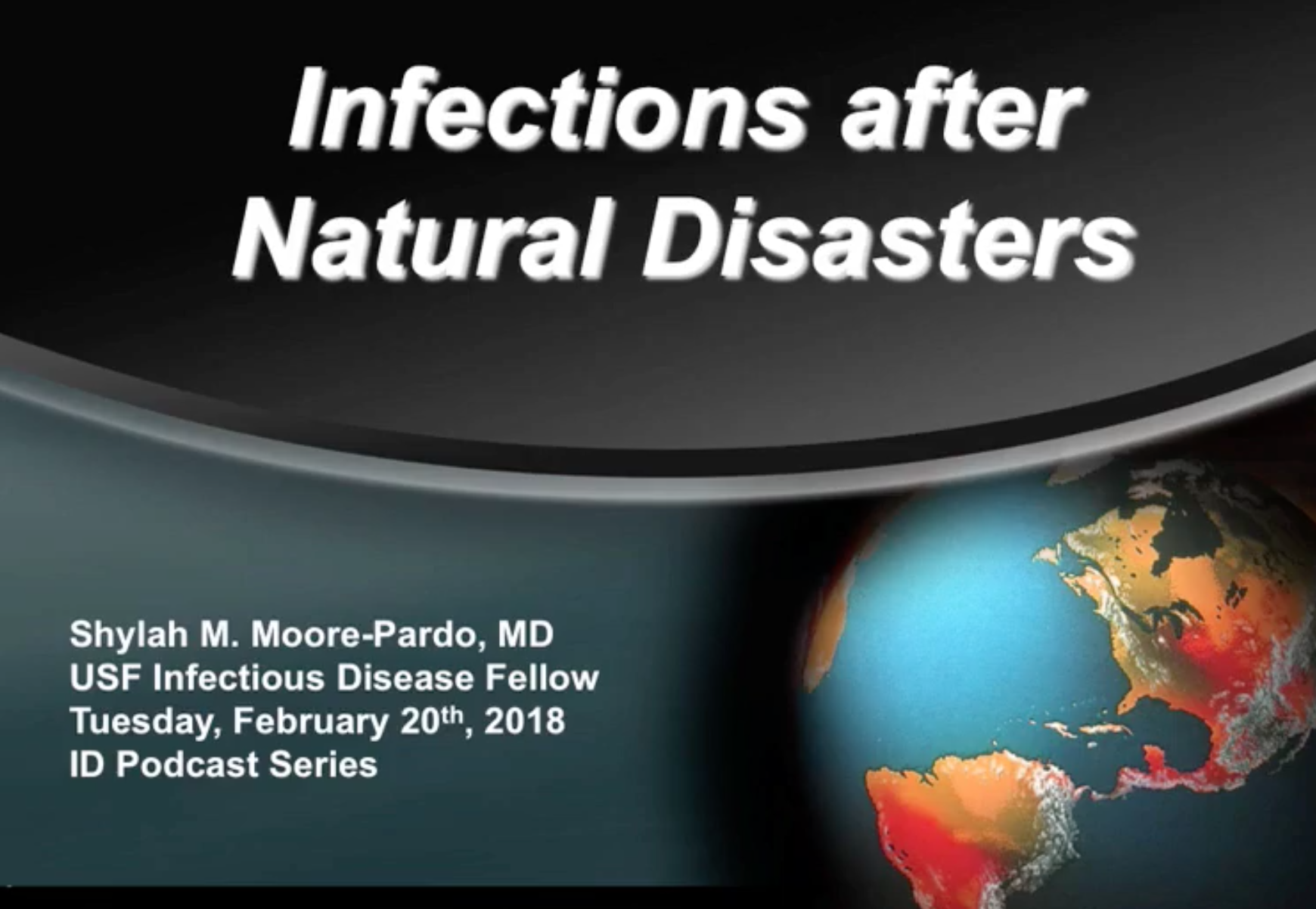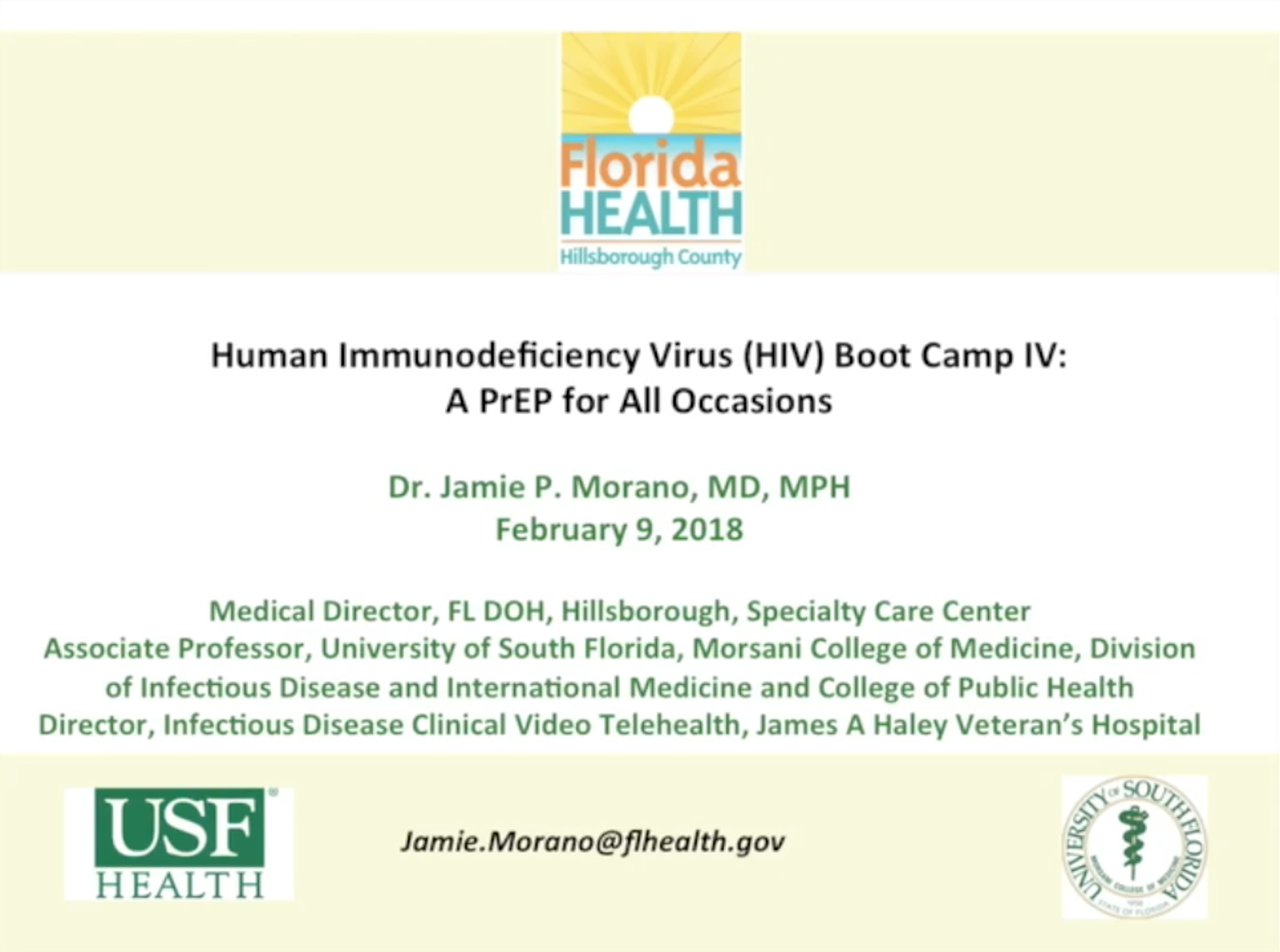Dr. Lakshmi discusses the infectious evaluation of burn patients. She relates the common sources of fever, the principles of burn management, and both common and uncommon infections in the burn victim. Lastly, she mentions other infectious conditions not directly related to the burn exposure that must also be considered.
Archives
Inflammatory Markers as A Decision Support Tool in Infectious Diseases
Dr. Addisu looks at inflammation, and how it can be used as a marker of certain physiologic processes such as infection. He then differentiates the different types of acute phase reactants that are well-described markers of inflammation. He focuses upon the two most widely used markers, the erythrocyte sedimentation rate (ESR) and the C-reactive protein, and compares and contrasts the two. Next, he discusses the procalcitinin and the white blood cell (WBC) count. He closes by contrasting the activity of different inflammatory markers (IM’s) in infectious syndromes such as sepsis and endocarditis, and briefly touches upon several novel assays which show promise as IM’s of the future.
Zoonoses and Globalization
In the midst of the 2019-2020 Coronavirus pandemic, the concept of “zoonotic” infections–and how previously unknown diseases can transfer from the animal kingdom to humans–is facing more attention than ever. In this spirit, we present this encore lecture originally presented by Dr. Mindy Sampson in 2018. Dr. Sampson looks at the underlying features of a zoonotic disease. She then discusses how increasing globalization has interwoven with zoonoses to produce widespread outbreaks of Yellow fever, SARS, Nipah Virus, and Ebola virus disease. Among the most notable of the Zoonotic diseases of the last several decades is HIV, and she presents a fascinating review of how this retrovirus originated from primates and then spread around the world in only a relatively short period of time. She also recounts the 1918 Spanish Influenza pandemic and the factors that led it to spread around the world in just a few months.
Social Stewardship
Drawing inspiration from sessions she attended at IDWeek 2017, Dr. Fredenrich discusses the sociological aspects of antimicrobial stewardship, including the strategies that can be employed to change the prescribing habits of frontline clinicians. She discusses the social determinants of antibiotic prescribing, such as clinician-clinician relationships, patient expectations, fear of adverse consequences, and other pressures. Dr. Fredenrich also discusses everyday barriers, such as trust-building and knowledge sharing that can improve the overall success of an antibiotic stewardship program.
Fundamental Concepts of Study Design
Dr. Kumar relates some of the basic concepts behind medical study design, enabling the listener to utilize simple tools to be able to review the medical literature with a critical eye. He also addresses the question, “What constitutes BEST evidence?” Dr. Kumar also reviews basic statistical concepts, including prevalence/pre-test probability, sensitivity and specificity, negative and positive predictive value, likelihood ratios, and post-test probability. The talk is a very easily understandable and relatable discussion of evidence-based medicine.
Antibiotic Stewardship and Superbugs
Dr. Daniel Haight, Associate Professor at the USF College of Medicine, and Vice President of Community Health with Lakeland Regional Health, presents a primer on ways to foster and enhance antibiotic stewardship efforts in your hospital or health care system. Presented to the northern Iceland clinics and hospital in Akureyri, Iceland in April, 2018. The presentation features English narration with Icelandic/English slide content. Part of IDPodcast’s international podcast series.
Pneumocystis Jirovecii Pneumonia (PCP): The Non-HIV-infected Patients
Dr. Pasikhova discusses the history of the Pneumocystis pathogen, its epidemiology, and how it is transmitted to patients. She also discusses the pathophysiology of the infection in the context of the immunocompromised cancer patient. The role of steroids in the aquisition of PJP infection is touched upon. Lastly, Dr. Pasikhova describes prophylaxis against Pneumocystis, including specific agents and their usual doses.
Infections After Natural Disasters
Dr. Pardo discusses the natural association of infections and natural disasters. She reflects upon events of recent history, including the 2017 hurricanes affecting Puerto Rico, the Caribbean, and the southeastern US, outbreaks after earthquakes, tornados and tsunamis. She also touches upon vector-borne diseases. Lastly, she discusses ways that infectious diseases can be prevented after natural disasters occur.
HIV Boot Camp IV: PREP for All Occasions
Dr. Jamie Morano reviews pre-exposure prophylaxis for high-risk HIV-related exposures. She provides justification for its efficacy, its criteria for use, as well as its use in selective patient groups (e.g., heterosexuals, MSMs, serodiscordant couples, substance users). She reviews the CDC guidelines for PREP and reviews a Florida Department of Health PREP action tool kit. Presented in affiliation with the Florida Department of Health. Part IV of a four-part series.
HIV Boot Camp III: Undetectability = Untransmissability
Dr. Jamie Morano discusses the U equals U campaign to reduce the transmissibility of human immunodeficiency virus infections by ensuring that individuals at high risk for transmission receive treatment. This has been proven to have the greatest impact in reducing to transmission of the virus to both monogamous and non-monogamous partners. This is part III in a four part series, entitled, HIV Boot Camp
